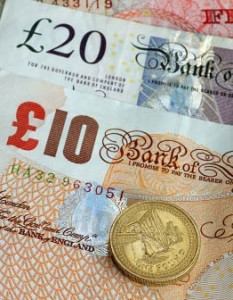
More evidence that low-calorie sweeteners are bad for your health
Studies show that artificial sweeteners can raise the risk of hypertension, metabolic syndrome, type 2 diabetes and heart disease, including stroke.

You know how it is. You buy something; you shove the receipt into your wallet, billfold or pocket alongside your cash and you move on. But new data suggests that the toxic residues – particularly the hormone disrupting chemical bisphenol A (BPA) – on receipts can transfer to paper money and from there into your body.
Writing in the journal Environmental Science & Technology, the scientists report on an analysis of 156 pieces of paper money from 21 countries – all of which were found to contain traces of BPA.
The highest BPA levels were in paper money from Brazil, the Czech Republic and Australia (polymer not paper), while the lowest occurred in paper money from the Philippines, Thailand, and Vietnam.
The researchers examined the transfer of BPA from thermal receipt paper to currencies by placing currencies in contact with thermal receipt papers for 24 hours in a wallet. Concentrations of BPA dramatically increased after 24 hours of contact with thermal receipt papers, suggesting that thermal receipt paper is an important source of BPA in paper currencies.
BPA is used in plastic manufacturing and can be found in consumer products such as water bottles, the coating on the inside of food cans, sports equipment, and household electronics. BPA is a suspected hormone disruptor that mimics the action of estrogen.
Exposure to BPA has been linked to a variety of health problems such as early menstruation in girls and delayed puberty in boys as well as possibly higher risk of estrogen dependent cancers such as in the breast and ovaries. It has also been implicated in cases of heart disease and thyroid disruption.
While the researchers commented that “estimated daily intake from paper currencies were 10-fold lower than those reported from exposures due to [indoor] dust ingestion in the United States”, it nevertheless adds to our overall exposure of a particularly risky chemical in an unexpected and insidious way.

Please subscribe me to your newsletter mailing list. I have read the
privacy statement